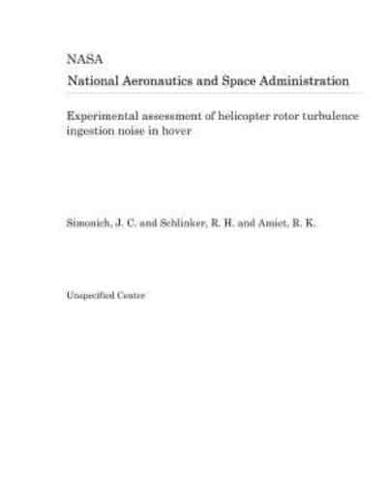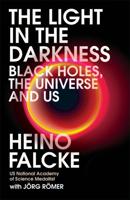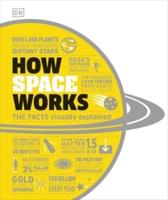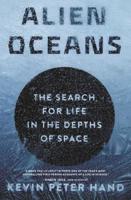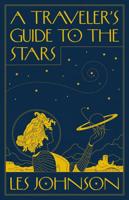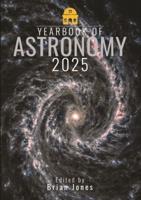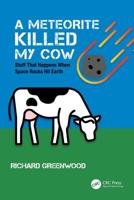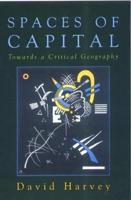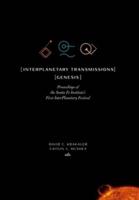Publisher's Synopsis
An experiment was conducted to assess the accuracy of a theory for non-isotropic turbulence ingestion. In order to generate non-isotropic turbulence in a controlled environment, a scale model rotor in a closed chamber was used so that the turbulence generated by the rotor was reingested by the recirculating flow. Simultaneous measurements of turbulence inflow properties and far field acoustics were acquired. Measurements confirmed that the inflow turbulence was highly non-isotropic. The measured aerodynamic properties were used as inputs for the noise prediction procedure. The general agreement between the non-isotropic noise prediction procedure and the experiment was good, although the procedure generally overpredicts the quasi-tonal low to mid range frequencies and underpredicts the higher broadband signals. The predicted sound power level as a function of polar angle was in close agreement with measurements, except near the rotor plane, which is not modeled by the present analysis. It is determined that the most sensitive parameter influencing the predicted noise was the turbulence intensity. Simonich, J. C. and Schlinker, R. H. and Amiet, R. K. Unspecified Center...
